
- Small Oil Pressing Machine - Leader Machinery
- Industrial automatic continuous fryer Soybean Oil Plant
Home> Company News> Production of cooked noodles and extruded puffed pasta machine(3)
- Address3rd Road, High-tech Zone, Jinan City, Shandong Province
- Factory Address3rd Road, High-tech Zone, Jinan City, Shandong Province
- Worktime9:00--18:00
- Phone(Working Time)086-0531-885125
- Phone(Nonworking Time)086-0531-881256
- Fax086-0531-885125
Production of cooked noodles and extruded puffed pasta machine(3)
2019-01-03 15:25:42Factors affecting the processing of cooked noodles and product quality
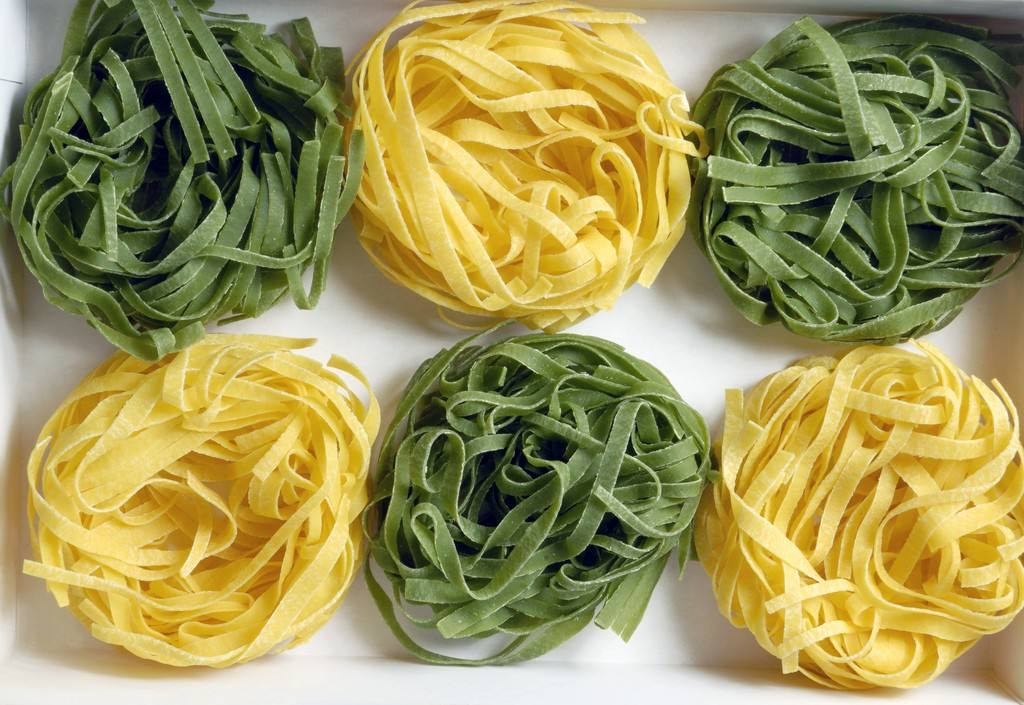
1. Effect of raw material characteristics on the processing process and product quality of microwave drying machinery The main components of flour are protein, carbohydrate, fat, mineral, cellulose, enzyme and moisture. Among them, the content of gluten protein and starch and the size of flour granules have an important influence on the quality of the product. The gluten protein combines with water to form a swell, forming a solid gluten net in the dough, which is the same as all colloidal substances. It has special characteristics such as viscosity and elongation.
After the starch absorbs water and heat, the viscosity increases and gelatinization occurs. The coarse-grained flour has a small contact surface with water, and the moisture penetration rate is slow, requiring a long proofing time. Therefore, the gluten-free protein content is low, the starch content is too high, and the noodles processed by the coarse-grain flour are of poor quality.
2. The sufficiency of wake-up and proofing on the processing and product quality is the key factor in controlling the formation of gluten and limiting elasticity. After a good time, wake up for a few minutes to ten minutes to make the water penetration more uniform, reduce the viscosity and increase the binding force and elasticity. If the proofing time is too long, the dough will be hard and lose the characteristics of the colloidal substance, and the viscosity and binding force will decrease. . Therefore, it is more appropriate to have a wake-up time of 8 to 12 minutes for the dough mixer.
3. The influence of the water content of the dough on the pressure and temperature in the extrusion process during the processing. The inner wall of the barrel of the extruded puffed pasta machine is provided with a spiral groove to prevent the material from slipping during the conveying process. The gradually decreasing pitch causes the material to be compressed during the conveying process. Due to the obstruction of the die, the pressure of the material gradually increases, the friction heat and the shear heat increase, and the temperature of the material rises sharply, and some materials change from solid powder to granular. In a liquid state, most of the food components undergo a texture reorganization, but these must be based on the dough dough itself to have sufficient viscosity and appropriate fluidity.
If the water content of the dough is too low, the fluidity is too poor, the resistance is too large, and it is easy to cause blockage. Conversely, if the water content is too high, the resistance is insufficient, the pressure required for extrusion cannot be established and maintained, and the corresponding cooking temperature cannot be guaranteed. Generally, the net moisture content of the dough is between 3 9% and 4 5%. Intuitively, the dough can be grasped into a ball by hand.
4, the relationship between the cooling of the cylinder and the quality of the product. Friction heat and shear heat make the temperature of the material higher. If the temperature is too high, the water will evaporate too quickly, the material will be dry and hard, and it will stick to the screw. The head is extruded.
5. The uniformity of molding quality and molding speed pushes the material forward in the cylinder. Due to the effect of the spiral angle, the material forms a periodic pulsating pressure change along the circumference of the screw end outlet. In order to ensure an approximately constant pressure and the same flow rate, it is necessary to add a backflow plate in front of the forming plate.
- Drying of the product during the drying process can reduce the water activity, inhibit the growth of microorganisms, and extend the shelf life. The factors affecting the drying speed and quality of noodles are mainly air temperature, humidity and convection speed. The drying process can be roughly divided into three stages, namely, initial stage, middle stage and end stage of drying. In the early stage of drying, the inside of the noodles still maintains high moisture while the external surface is dried due to the evaporation of free moisture, causing stress between the inside and outside of the noodles. At this stage, high humidity should be maintained, the moisture content gradient should be lowered, and the internal and external parts should be reduced. Stress. In the middle of drying, the internal and external stresses are temporarily balanced.
Can increase the drying temperature. At the end of dryness, the outside of the dough strip has stopped shrinking, and the interior should shrink with the removal of the adsorbed water, but it is restrained by the outside, and the inner and outer layers are stressed again. At this stage, slow cooling and dehumidification should be carried out to reduce the stress. In addition, although the high temperature accelerates the drying speed, it also accelerates the denaturation of the protein and reduces the bonding strength of the gluten network structure, so the drying temperature is generally limited to 40 ° C or less. Vacuum packaging can extend the shelf life of the product.
7. The product packaging and fresh-keeping improvement process formula, after strict sterilization, vacuum packaging, fresh wet noodles can reach the shelf life of more than 60 days.
Introduction to the promotion of production technology and equipment
The production technology and equipment of the cooked noodle machine are widely used in the northeast, especially in the Korean ethnic group. It has also been promoted from the former southwestern Guizhou and other places, mainly used to make corn noodles and other miscellaneous food products. In 199, the World Food Program tendered 25 sets of automatic cold noodle production lines in the world. The processing capacity of each production line was 100 kg/h. The agricultural and sideline products processing center of China Academy of Agricultural Mechanization Science has strong technical strength and high quality and low price. The equipment won the bid and was installed and commissioned in North Korea from June to September 2001. At present, large-scale mass production has been formed.
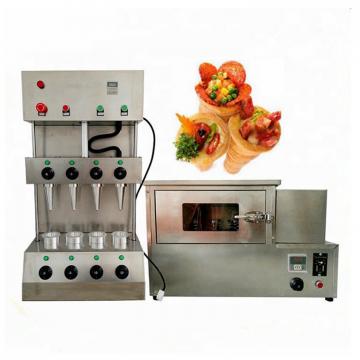 Manufacturing plant automatic factory puffed sticky rice cracker production line
Manufacturing plant automatic factory puffed sticky rice cracker production line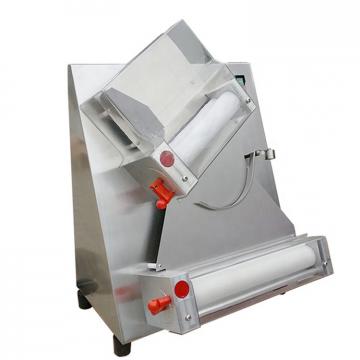 JiaHao machinery PVC Edge Band Sheet Production Line High intensity different color to choose producing PVC edge banging
JiaHao machinery PVC Edge Band Sheet Production Line High intensity different color to choose producing PVC edge banging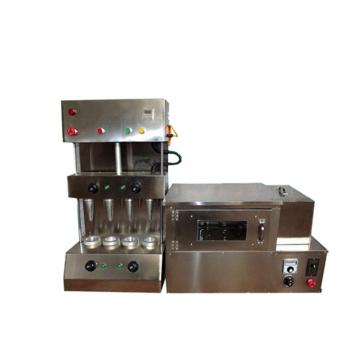 Wholesale products plastic extrusion machine for WPC flooring extrusion line
Wholesale products plastic extrusion machine for WPC flooring extrusion line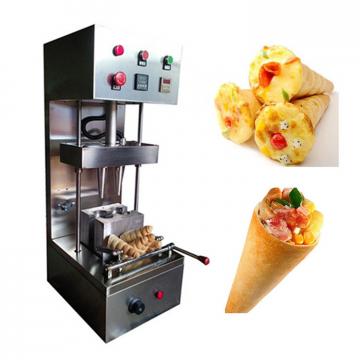 Best Price Pizza Cone Machine / Pizza Making Machine Production Line
Best Price Pizza Cone Machine / Pizza Making Machine Production Line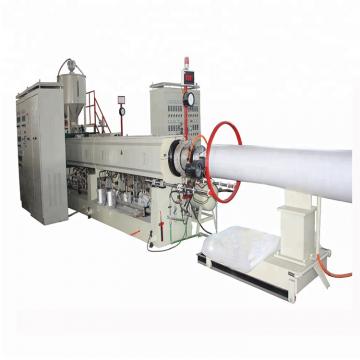 Factory Supply Dough Divider Cutting Dough Ball Pizza Dough Ball Machine/Bread Production Line
Factory Supply Dough Divider Cutting Dough Ball Pizza Dough Ball Machine/Bread Production Line